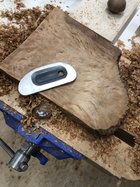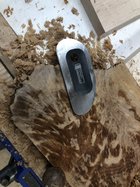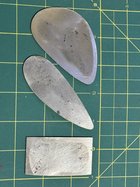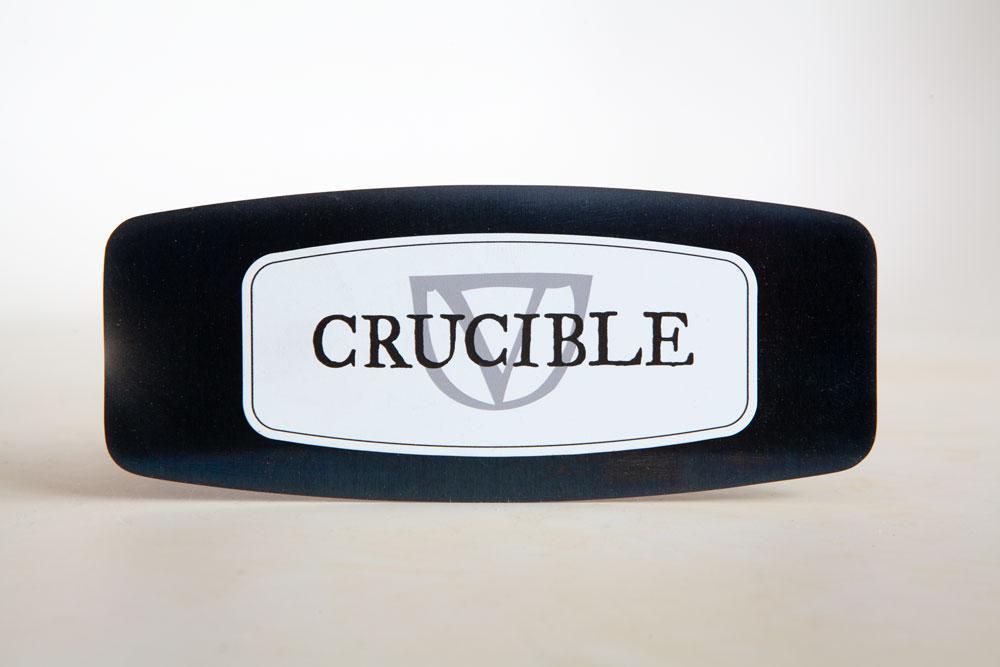Hi folks,
Having no general wood working experience (and not that much wood turning experience at this point) I recently looked into card scrapers. I was vaguely aware of their existence and use in carpentry in general, but I just recently discovered they’re available in many various curved shapes.
Since I’ve only been turning a year and a half I’m still struggling with tool marks, especially those at the inside corners of bowls and the cigar rests I make on cigar ashtrays using the router.
I just ordered these to see if they might be effective in dealing with tool marks in hard to reach areas where my 3” sanding disks on my 55• drill don’t work well.
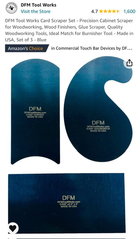
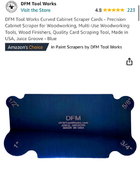
Of course I’d use these with the bowl off the lathe, not spinning!
Does anyone use have any experience with curved card scrapers being utilized this way?
I’ve seen videos on sharpening flat card scrapers but I’m not sure how that would be done with curved ones. Any thoughts on that?
Having no general wood working experience (and not that much wood turning experience at this point) I recently looked into card scrapers. I was vaguely aware of their existence and use in carpentry in general, but I just recently discovered they’re available in many various curved shapes.
Since I’ve only been turning a year and a half I’m still struggling with tool marks, especially those at the inside corners of bowls and the cigar rests I make on cigar ashtrays using the router.
I just ordered these to see if they might be effective in dealing with tool marks in hard to reach areas where my 3” sanding disks on my 55• drill don’t work well.


Of course I’d use these with the bowl off the lathe, not spinning!
Does anyone use have any experience with curved card scrapers being utilized this way?
I’ve seen videos on sharpening flat card scrapers but I’m not sure how that would be done with curved ones. Any thoughts on that?

